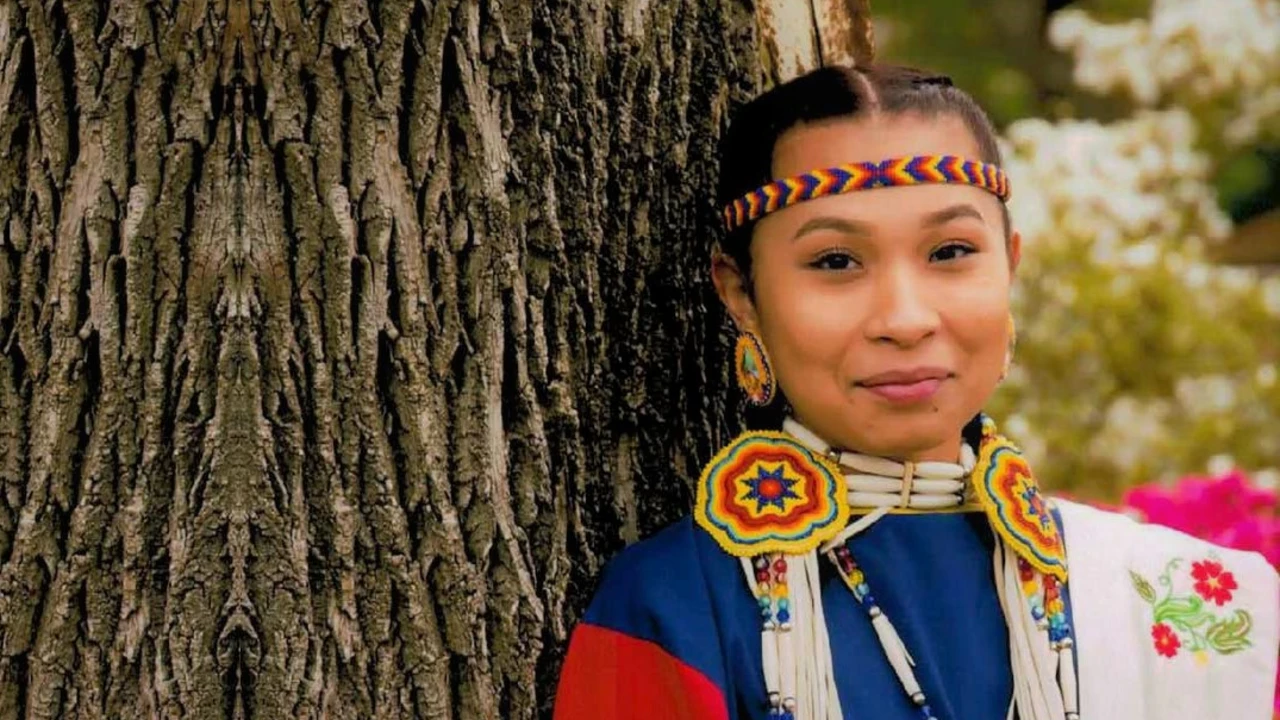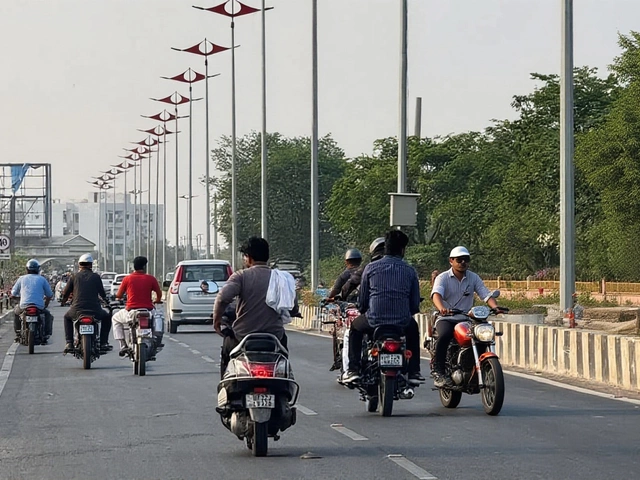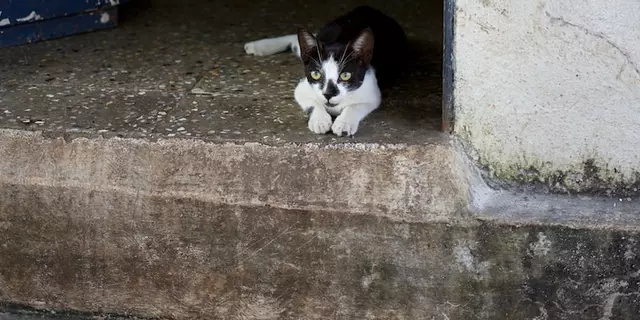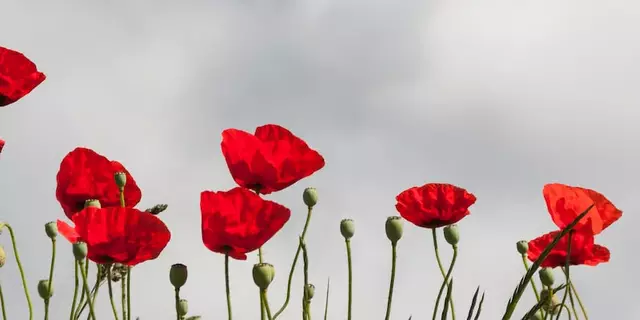Education and Culture – Insights and Stories
Welcome to the Education and Culture corner of Indian Dairy Updates. Here we look at how schools teach history, why cultural topics matter, and what’s happening in classrooms today. Quick question: do American public schools actually cover native Indian tribes? Spoiler – they do, but the depth varies a lot.
Why Teaching Native Tribes Matters
Understanding native Indian tribes gives students a fuller picture of the country's past and present. When kids learn about the diversity of languages, traditions, and contributions of tribes, they develop respect for different cultures. That respect can reduce stereotypes and help create a more inclusive society. It also connects history lessons to current issues like land rights and environmental stewardship, making the subject feel relevant.
Teachers who bring in tribal stories often notice higher engagement. Students love hearing real‑life stories – think of a Navajo sand painting or a Cherokee storyteller in class. Those vivid details stick better than a dry timeline. Plus, many states now require a portion of the curriculum to address indigenous history, so schools have a legal push to include it.
What Schools Are Doing Now
Most districts include a brief unit on native tribes in their social‑studies schedule. The unit might be a few days long, covering basic facts about major tribes, famous leaders, and major events like the Trail of Tears. Some schools go further, inviting tribal elders for workshops, using museum visits, or adding project‑based learning where students research a specific tribe.
However, the depth often depends on resources. Schools in areas with a strong local tribal presence tend to have richer programs. Rural districts with limited funding might stick to textbook summaries. Online platforms are helping bridge that gap – many states now offer free digital lesson plans created by tribal educators.
If you’re a teacher or parent curious about how to boost the coverage, start by asking the school about their cultural curriculum. Look for supplemental materials from reputable sources like the National Museum of the American Indian or state education departments. Even a short video or a guest speaker can turn a shallow lesson into a memorable experience.
Overall, the answer to the original question is yes – American public schools teach about native Indian tribes – but the quality and length of that teaching can be quite uneven. Knowing the gaps helps us push for better resources and more authentic storytelling.
Stay tuned for more posts on how education shapes culture, both in India and around the world. We’ll keep bringing you real examples, practical tips, and fresh perspectives to help you stay informed and inspired.
Arvind Chatterjee, Jul, 28 2023
Do American public schools teach about native Indian tribes?
Whoa, hold onto your feathered headdresses folks, we're diving into the realm of whether American public schools teach about native Indian tribes! Now, this may seem like a simple yes or no question, but in reality, it's as complex as a Navajo sand painting. So, do American schools teach about Native Indian tribes? Yes, they do! But, it's a bit like trying to explain quantum physics using only finger paints - it's all a bit basic and sometimes misses the key points. So, while they do cover it, the depth can be as shallow as a kiddie pool in a drought. Now, that's a bit of a bummer, but hey, it's a start, right? Let's hope for more comprehensive education in the future!
View More




